The planet is located 13,000 light years from our solar system. The temperature on its surface ranges from -220 °C to -186 °C. It is assumed that all the ice of this celestial body consists of fresh water.
Planet "Ice Ball" 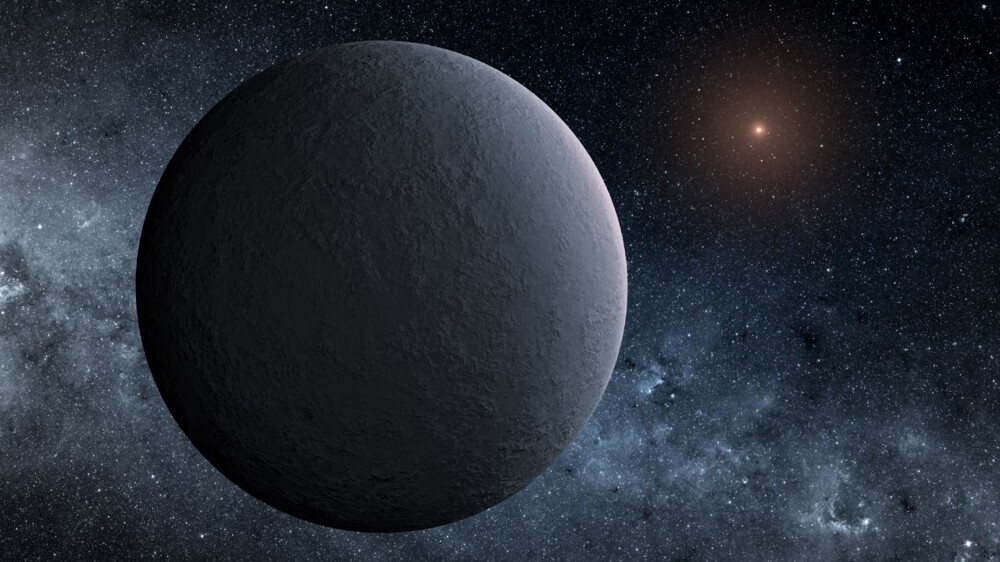
The planet is located 13,000 light years from our solar system. The temperature on its surface ranges from -220 °C to -186 °C. It is assumed that all the ice of this celestial body consists of fresh water.
Planet GJ 1214b "Water World" 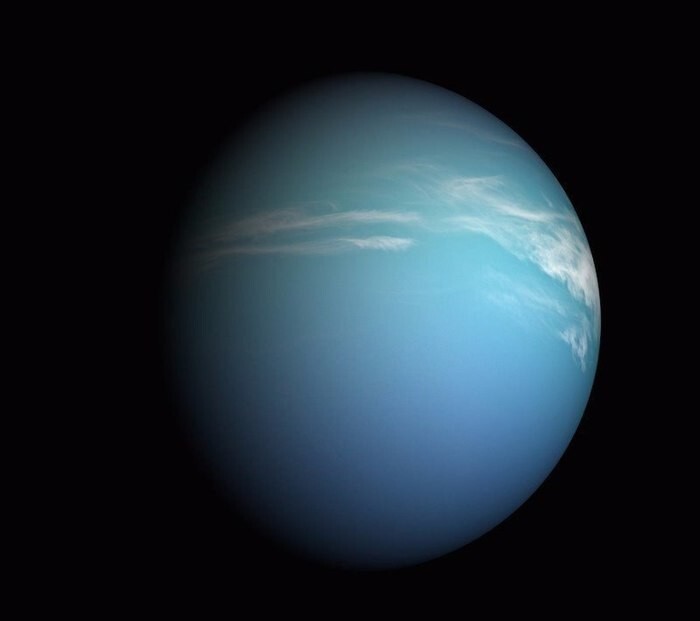
It is a huge water world, three times the size of Earth and located 42 light years from our solar system. For comparison, the mass of all water on the Earth's surface is 0.05% of its mass, and the mass of water on GJ 1214b is 10% of the planet's mass. GJ 1214b is believed to have oceans that may be as deep as 1,600 km. For comparison, the deepest part of the ocean on our planet is the Mariana Trench, which is 11 km deep.
Diamond Planet 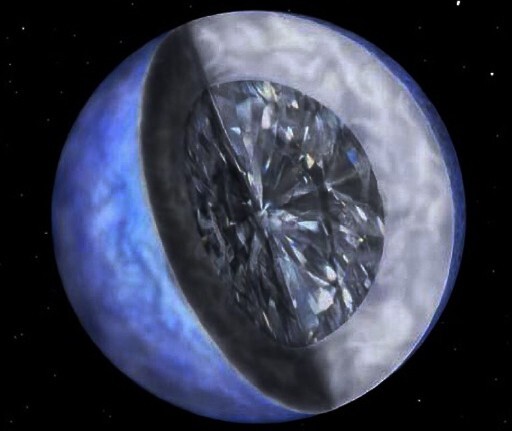
A planet made of pure diamond. It has a diameter 5 times larger than Earth and is located 4,000 light years from the solar system. Due to the enormous pressure caused by the gravitational forces of the planet, the carbon was greatly compressed and turned into a giant diamond.
This exoplanet orbits the millisecond pulsar PSR J1719-1438. It is assumed that the pulsar used up all the material from its white dwarf neighbor, when the latter had only 0.1% of its former mass left, it turned into the pulsar's exotic crystalline "companion" - a diamond planet.
Planet with glass rains 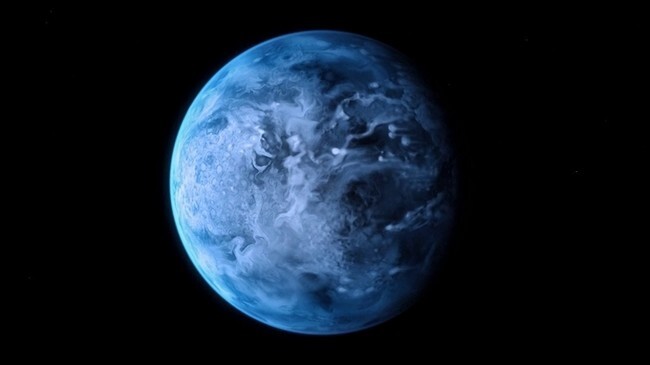
It is located 63 light years from the solar system and is special in that it rains glass. The atmosphere, saturated with silicon dioxide, causes the planet's clouds to shed liquid glass, which, falling to the surface, hardens. The wind, whose speed reaches 8,700 km/h, carries glass across the planet at such a speed that the fragments fly horizontally, cutting everything in its path.
Planet with rain of stones 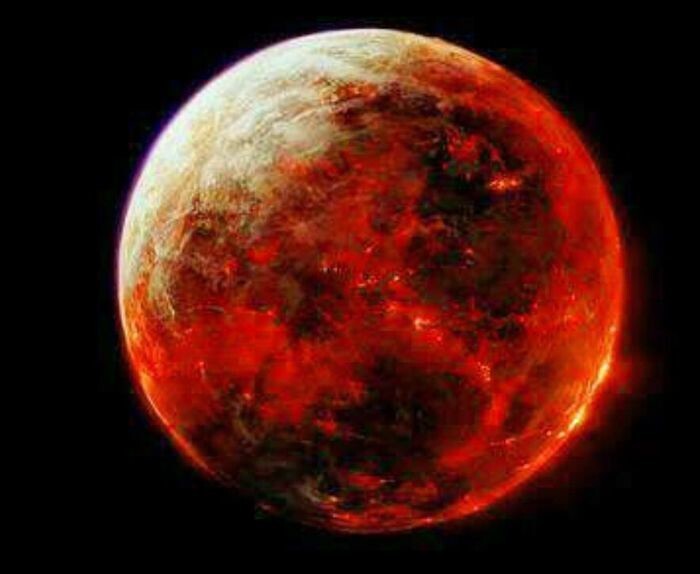
Like many other exoplanets, this one is tied to its star and located close to it. On the side facing the star, the temperature reaches 2200 °C, and on the other it drops to -220 °C. The lava on the side of the star heats up and begins to evaporate, just like water on our planet. This creates large rock clouds, which then cool on the colder side of the planet, where it rains rocks. On the hot side of the planet, magma rains, while on the cold side, magma solidifies before it hits the ground, forming rock rain.
Add your comment
You might be interested in:





















